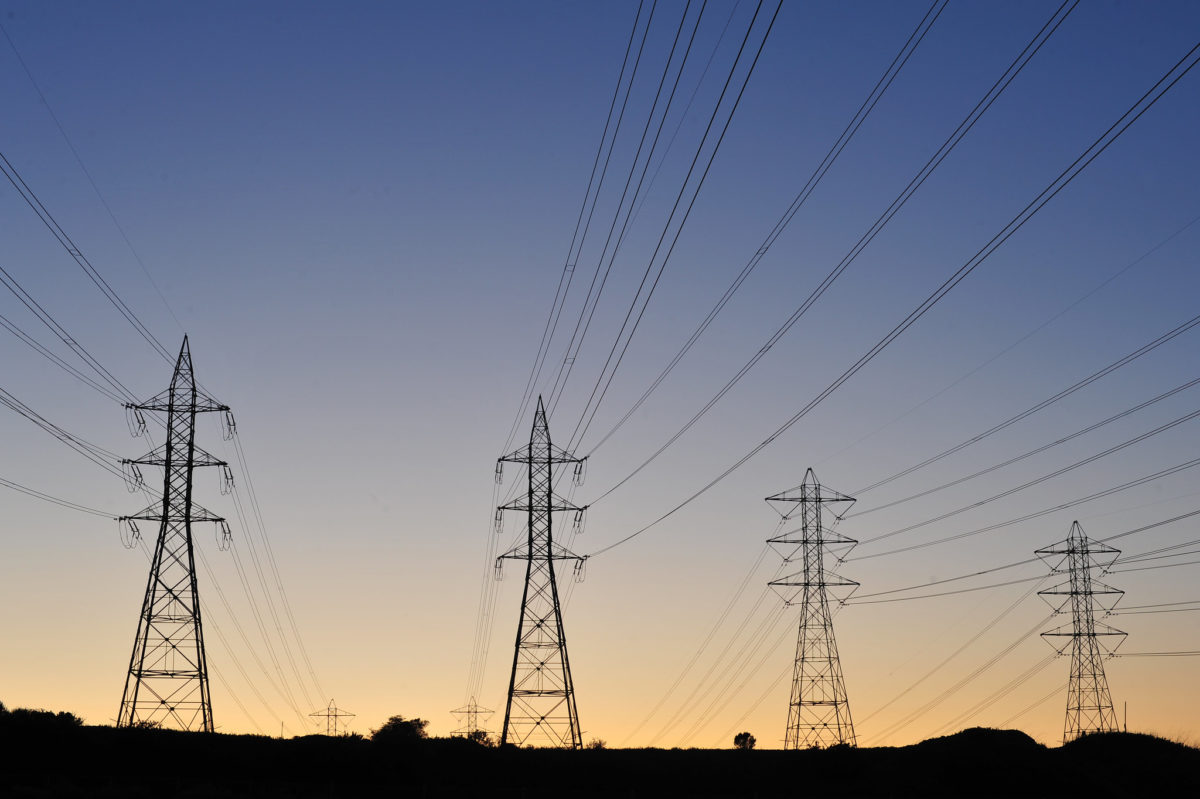U.K. electricity system operator National Grid ESO has embarked on a quest to decarbonize its network by 2025. That aim will lead the system operator to deploy the world’s largest grid-applied ultracapacitor, rated at 5 MW, for ‘sonar-style' detection of power system inertia.
Grid tech provider Reactive Technologies has been tasked with deploying its GridMetrix measurement service to accurately determine power system inertia. As synchronous generators, such as coal and gas-fired power stations are being decommissioned, operators must find alternatives to the natural inertia that comes with such facilities.
“The electricity grid in Great Britain is changing rapidly, with increasing levels of renewable, decentralized power,” said Rob Rome, head of national control at National Grid. “This pioneering measurement tool is part of a range of new, world-first approaches to grid management and will boost our visibility of inertia across the system, helping to bring more renewable generation online. It’s exciting to see another significant step forward towards being able to operate a zero-carbon electricity grid by 2025.”
Inertia
When loads are applied to the grid but the feed remains the same, frequency typically drops off. However, the giant rotating wheel in synchronous generators has enough kinetic energy stored to maintain frequency for a few seconds. During those seconds, additional generation capacity can fire up and support; a service solar and wind power generation cannot inherently supply. If there is no flywheel providing inertia, frequency will drop rapidly, causing the rate of change of frequency (RoCoF) to increase. If that value surpasses a certain threshold, power generation equipment could be damaged, so generators are tripped, leading to bigger and bigger grid shortfalls.
Such an event occurred in the southeast of England last year and its effects could have been partially mitigated if more inertia had been available to the grid. As a result, National Grid launched a program to ensure system stability when synchronous generators are removed from the network. In 2015-16, £32 million (€35.3 million) was spent managing RoCoF, a figure which rose to £210 million in 2018-19.
With National Grid having started to procure and deploy inertia on a technology-agnostic basis, the system operator requires precise information about potential inertia shortfalls. Its new ultracapacitor will send pulses of power through the grid and the Reactive Technologies system will record the network's reaction. The data will be fed to National Grid in a system the network operator has referred to as a kind of ‘sonar’ for locating inertia.
“We are delighted to have passed another milestone in the delivery of this world-class project, which will make a significant contribution in supporting National Grid ESO’s, and the U.K.’s, overall decarbonization ambitions,” said Marc Borrett, chief executive of Reactive Technologies. “The adoption of our GridMetrix service by innovative system operators such as National Grid is a validation of the hard work of our team and highlights how grid operators globally are realizing the value [of] using real-time measurements to make operational procurement and strategic planning decisions as the energy transition gathers pace.”
Spanish company Ingeteam has been contracted to build the ultracapacitor just outside Middlesbrough, in northeast England. Reactive Technologies said initial design work will start this year, with equipment delivery scheduled for the spring and full commercial operation targeted for the summer.
This content is protected by copyright and may not be reused. If you want to cooperate with us and would like to reuse some of our content, please contact: editors@pv-magazine.com.




Domestic synchronous inverters used with solar panels are legally required to disconnect themselves from the grid if the voltage or frequency falls below specified levels. This means that on a sunny day a fall in frequency could lead to the abrupt loss of several gigawatts of input to the grid. A fall in voltage won’t be quite as bad because there are local differences in mains voltage, so the inverters won’t all shut off simultaneously.